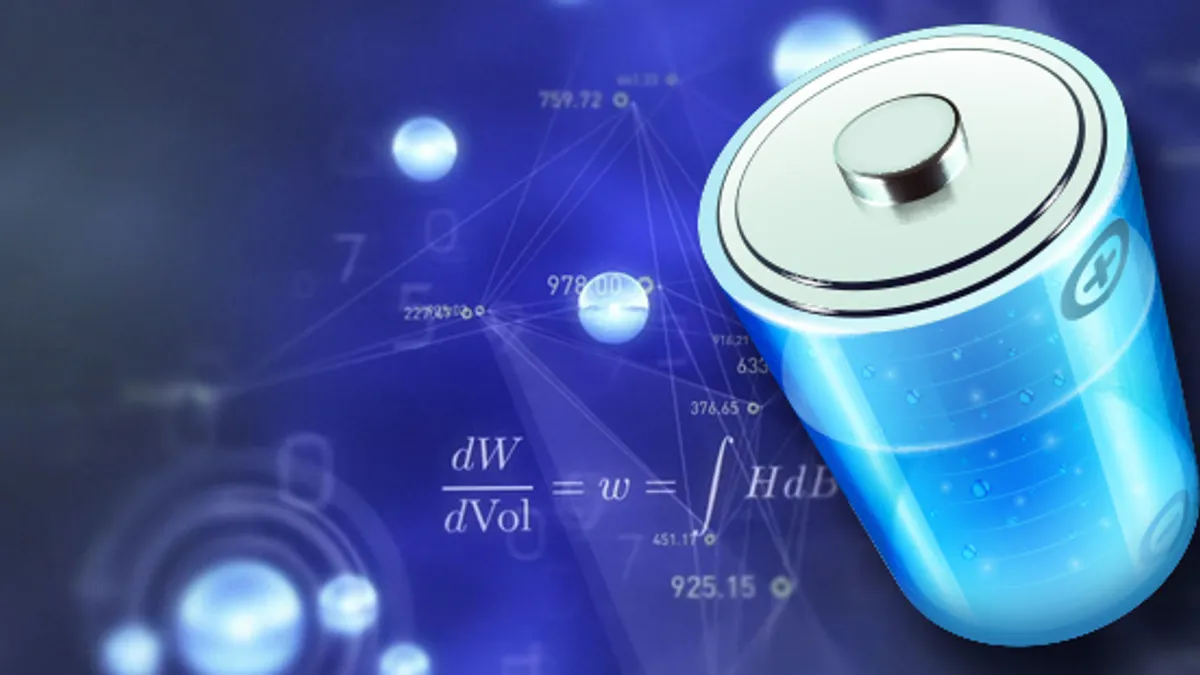Dive Brief:
-
Lockheed Martin, the giant aerospace and defense contractor, is branching out into energy storage, Greentech Media reports.
-
The company is pushing into the storage space on two fronts: the integration of lithium-ion systems and the commercialization of a new flow battery technology.
-
Lockheed is targeting commercial and industrial customers for its lithium battery option, while its flow battery is suited for long-duration, grid-scale use, company officials told Greentech.
Dive Insight:
An already crowded energy storage field is getting another big player with aerospace giant Lockheed stepping up its battery offerings.
The introduction of Lockheed, a company with a market cap of nearly $70 billion, should help accelerate cost reduction trends for battery storage systems, Greentech reports.
Among the players in energy storage are ABB, General Electric, LG Chem, Panasonic, Samsung, Tesla Motors, among others. All have large capital budgets to devote to battery research and techniques to streamline manufacturing and cut costs.
Lockheed, officials said, plans to bring its financial resources to bear on two particular problems in energy storage.
One is the integration of lithium-ion systems. While lithium-ion battery prices have come down significantly over the past couple of years, “we've seen precious little innovation and cost reduction in the balance of system," Richard Brody, director of sales and marketing for energy storage at Lockheed Martin Advanced Energy, told Greentech. Analysts also have targeted balance-of-system costs as the most fruitful for deep cost reductions.
Lockheed Martin is also working on bringing a new chemistry to market for flow batteries. The company says the chemistry is based on technology developed by Sun Catalytix, a company that Lockheed Martin acquired in 2014.
The technology is relies on an engineered molecule that is a platform for combinations of transition metal ions and ligands, according to Brad Fiebig, product manager at Lockheed Martin. He says the company is developing “fundamentally new flow-battery chemistry” that allows the use of conventional materials in the balance-of-system components.
Fiebig is counting on that approach to help "scrub cost from the system" in a way that competitors who rely on more exotic chemistries cannot.
Lockheed will target small to medium utility projects and C&I customer uses like demand charge reduction for its lithium-ion offering while attempting to commercialize its flow battery for longer-duration, grid-scale functions.
While the fast response capability of lithium batteries has popularized them for behind-the-meter uses and grid services like frequency regulation, analysts expect longer-duration batteries, such as flow chemistries, to become more popular as prices decline, opening up new use cases.
The long-duration market won't catch up with short-duration market in 2016, Craig Horne, vice president of business development for at RES Americas told Utility Dive in December. But with applications like network deferral and peak demand management growing, “we will see a marked uptick in the amount of long-duration systems installed both in front of and behind the meter during 2016.”














